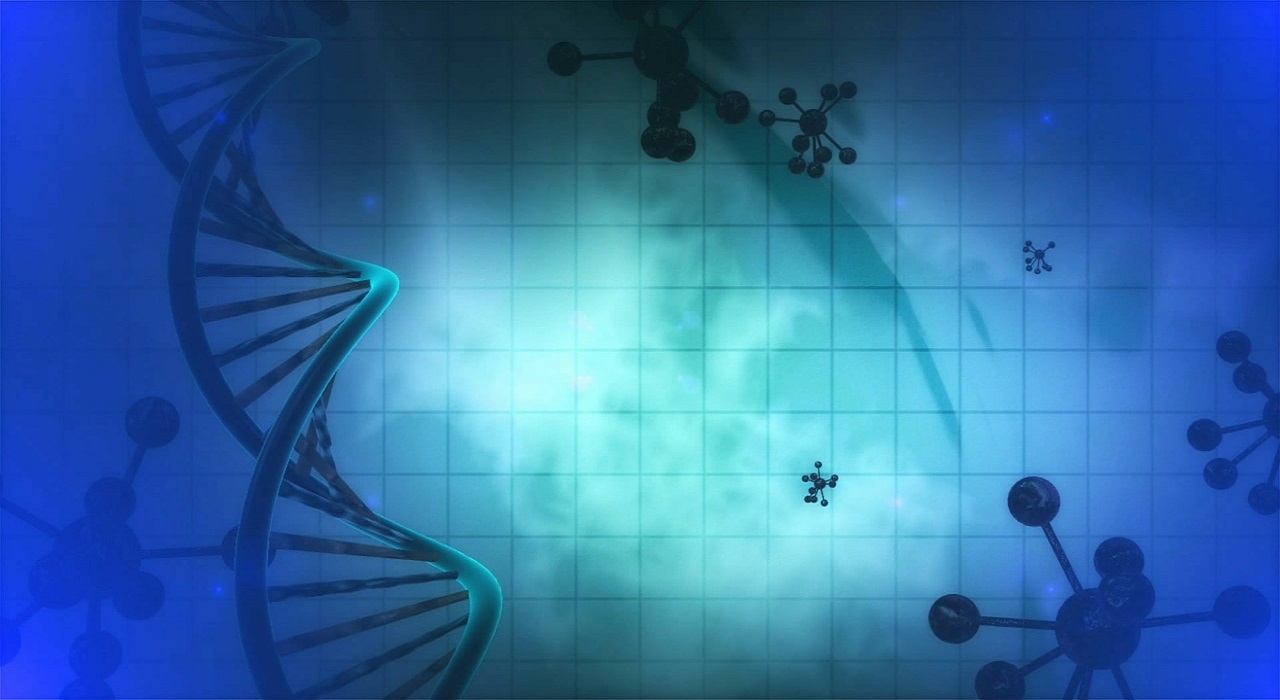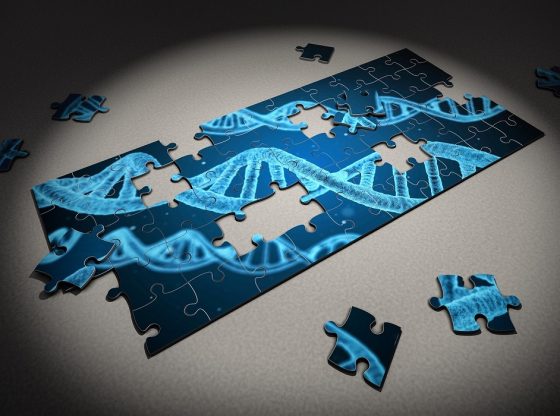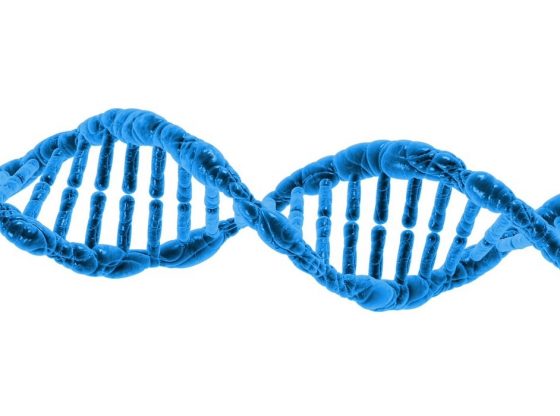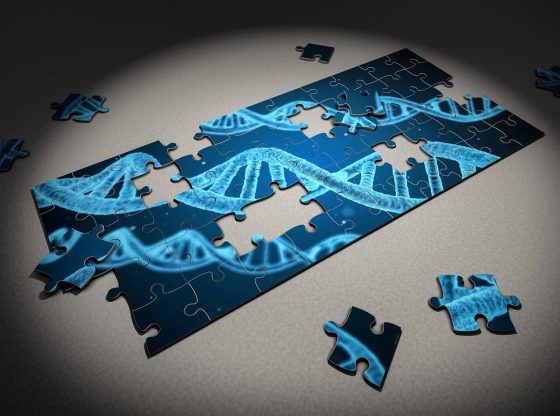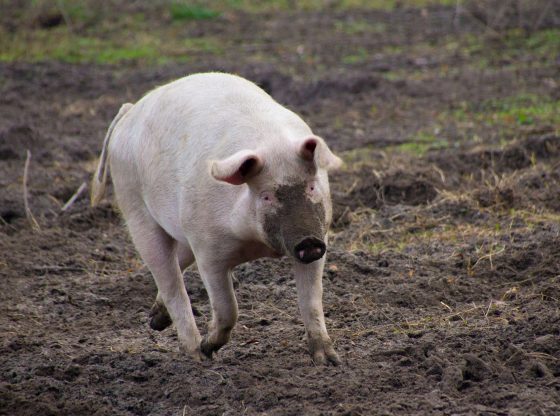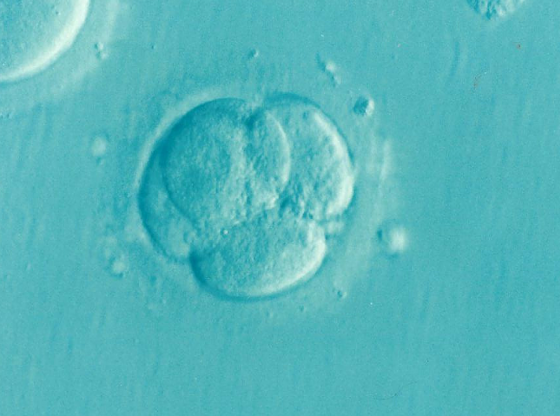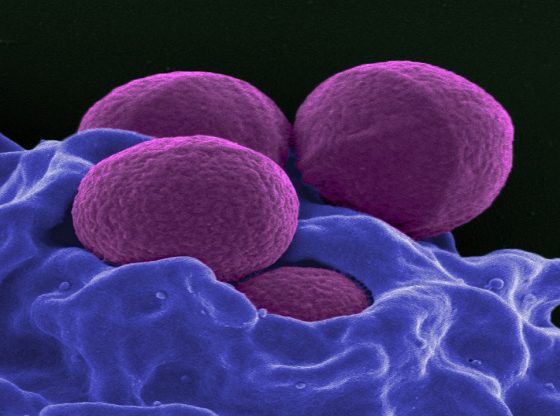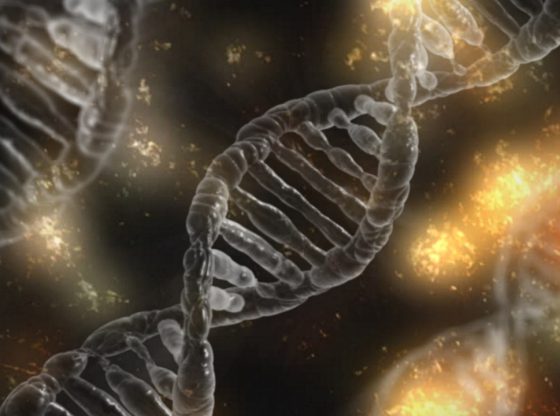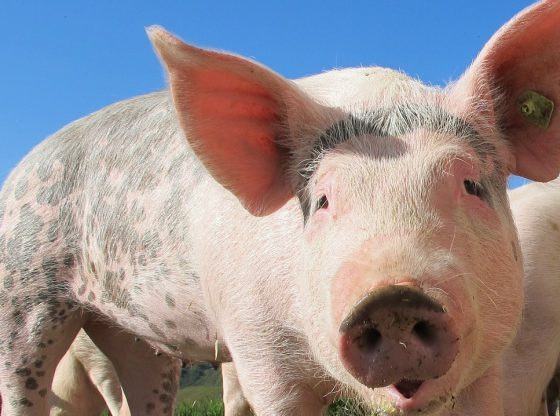Disease treatment with gene therapy has had little success, but now a German boy has received 80 percent of his skin transplanted by gene therapy.
The boy suffered from a severe genetic skin disease, and before surgery, he was close to death several times due to the fact that almost all of his thin upper skin was infected and full of blisters. The genetic very rare disease is called junctional epidermolysis bullosa, and these children are often called butterfly children, because the skin is said to be as fragile as a butterfly’s wings.
In this unique case, a medical team at the Ruhr-Universität Bochum’s burn unit in Germany and the Center for Regenerative Medicine at the University of Modena in Italy, cultivated cells from the boy, injected healthy genes with stem cells through gene therapy that could form new healthy skin cells
The refurbished new epidermis could then be applied to 80 percent of the boy’s body, mainly legs, arms, and back. Four months after the treatment, the boy could go to school again.
Overall, 0.94 square meters of transgenic epidermis were transplanted onto the young patient in order to cover all defects, accounting for 80 percent of his entire body surface,”
– Associate Professor Dr. Tobias Hirsch, head consultant at the department of plastic surgery.
A problem with gene therapy is that the tools used – virus vectors that insert the new genes into the cells – can cause cancer. But in this case, no cancer has yet developed, two years after the treatment.
One major advantage of transplanting skin is that it can be easily monitored. The researchers are able to inspect the skin, take samples and investigate if something has gone wrong. But so far everything has gone well.
The new study has been published in Nature
Reference:
Tobias Hirsch et al., “Regeneration of the entire human epidermis using transgenic stem cells” Nature 8 November 2017 doi: 10.1038 / nature24487

